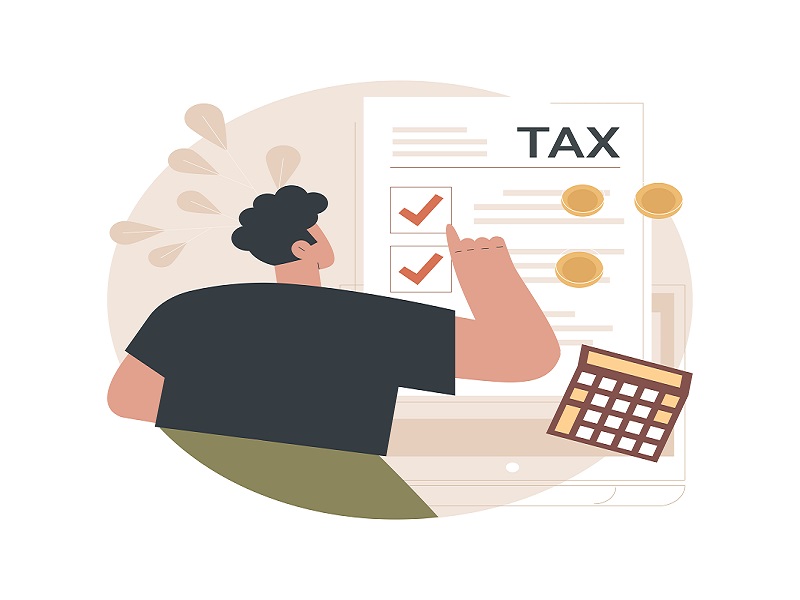By CA Gauri Chadha
Amit changed his job and shifted to a new company at a higher salary. With hiked salary came an increased tax liability too. But it was not just due to the pay hike. Amit’s tax calculation went up because he was not careful about the job transition and did not work out the tax handover properly.
Why Amit’s tax liability increased? Here is what happened?
Amit did not provide his last salary and TDS details to the new employer. While calculating the tax, the new employer considered the standard deduction and exemption limit. But the previous employer had already granted these two exemptions. At the same time tax deduction like 80C also got counted twice. Double calculations led to inaccurate tax computation.
Don’t forget to fill Form 12B when you switch job.
Changing jobs during the financial year can make things complicated from the income tax point of view. Usually, when people change job, the employee needs to give the details of his old salary details to its new employer in Form 12B. This form contains information like employers’ PAN and TAN details, and salary paid, the tax deducted, etc. Based on the information of this form, the new employer will work out tax liabilities for the remaining months of the financial year.
Another advantage is that you will get a consolidated Form 16 from your current employer. In the case you don’t submit these details, both your past and the present employer will give you Form 16.
Your previous employer can give you a Form 12B or you can download the form from the official website of the income tax and fill it up looking at your salary slip.
Sometimes employees don’t want to disclose earlier salary to a new employer. Therefore do not wish to submit form 12B in such cases it is advisable that the employee calculates the tax payable himself and meet the shortfall by paying advance tax to avoid penal interest. In such cases, the employee can easily file the returns without much hassle.
But if the employee forgets to disclose previous salary details to the new employer and as a result while filing the return, there is an outstanding tax payable such tax will be paid along with penal interest if any.
Such tax payable is due to quite a few reasons, mostly because both the employers give the benefit of basic exemption limit, slab rate benefit, standard deduction etc.
So while filing the returns in such a case firstly you need to check the Form 16 issued by the new employer and be sure that previous employer’s salary is also duly incorporated. If such Form 16 does not include previous employer’s salary, then you will have to collect form 16 of the prior employer as well and include both the form 16s in return, without claiming any benefit twice.
To be sure that the employers have deducted and deposited the TDS, employees need to check their form 26AS. Form 26AS is a consolidated statement that consolidates taxes paid on your behalf by all employers and advance tax, self-assessment tax paid by employee etc.
If there is any discrepancy between your form 16 and form 26AS, the same needs to be brought to employer’s notice since there if you will file your return in such a situation you will get a notice from the department. You must file the return once the deductor has corrected the entries.







